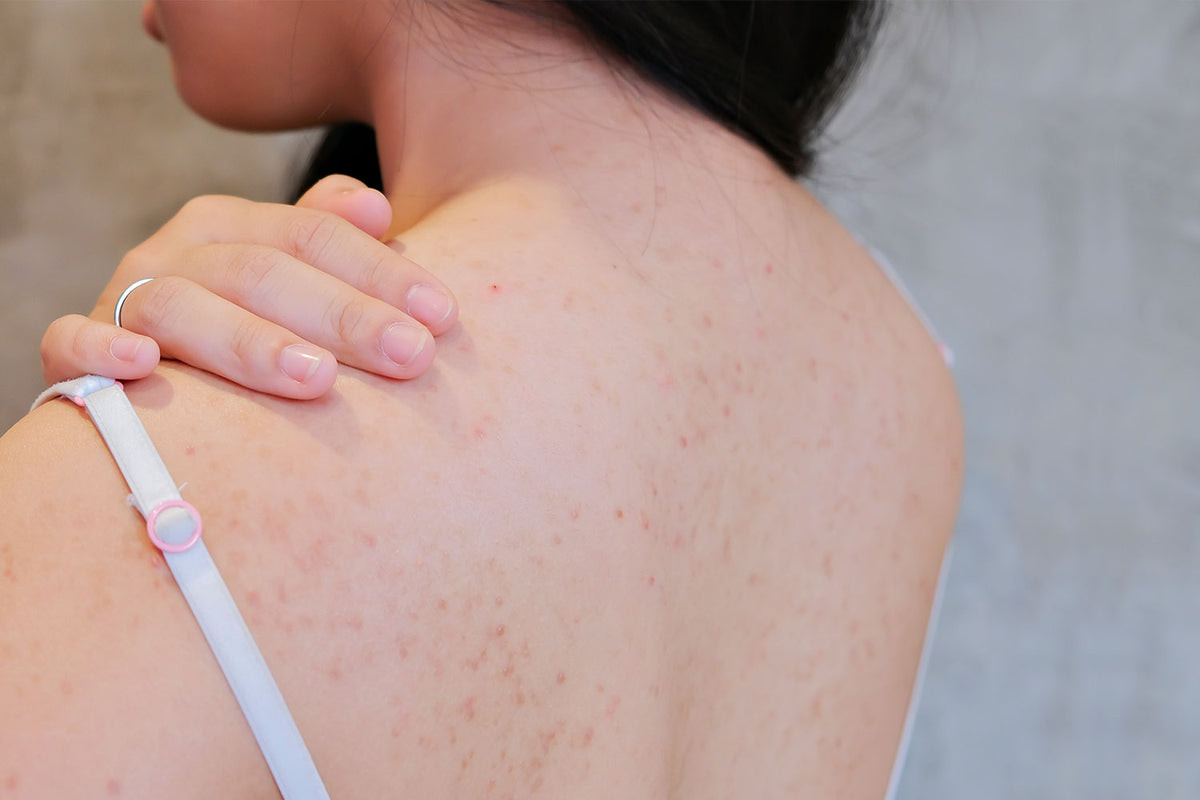How Weather Changes Affect Butt Acne: Insights For Beauticians
As a beautician, you're probably aware of the various skin concerns your clients bring to you, yet one issue that's less frequently discussed is butt acne. Understanding how weather changes affect butt acne can help you provide better recommendations and treatments. In the following article, we delve into the intricate relationship between climatic variations and this specific form of acne. Weather conditions play a crucial role in skin health, particularly when it comes to acne, influencing factors like humidity, temperature, and exposure to UV rays.

The Impact of Seasonal Shifts on Skin
1. Warm Weather Woes
When the weather turns warm, the increase in temperature causes the body to sweat more. Sweat, particularly when trapped by clothing, can further aggravate the skin, leading to more breakouts on the rear. The moisture from sweat combines with oils, potentially fostering a breeding ground for acne-causing bacteria. To reduce these effects, advise your clients to maintain good hygiene by regularly changing clothes and using antibacterial body washes. More on this topic can be found here.
2. Cold Weather Concerns
In contrast, cold weather brings its own set of challenges. During colder months, skin tends to become drier and less resilient. This dryness can lead to flaky skin cells, which can clog pores and prompt acne eruptions. Furthermore, the use of heavy clothing can lead to friction-induced acne, known as 'acne mechanica'. For more preventative measures, consider visiting this guide on body acne prevention.
Humidity and Its Effects
Humidity plays a significant role in acne dynamics. High humidity levels can amplify oil production on the skin, while low humidity can lead to dryness and subsequent irritation. Both extremes can trigger acne flare-ups. Encouraging your clients to choose appropriate skincare products for their environment is critical in managing skin health and butt acne effectively.
Tips for Managing Weather-Induced Acne
1. Adjusting Skincare Routines
Recommend products appropriate for the season and climate. During humid months, a lightweight, non-comedogenic moisturizer can help maintain skin hydration without clogging pores. Alternatively, a richer balm may be necessary during colder periods to combat dryness.
2. Importance of Protective Clothing
Advise your clients on the benefits of wearing loose, breathable clothing made of natural fibers like cotton, which can help minimize sweat retention and friction, thereby reducing acne occurrence. Learn more about preventing acne from clothing friction here.
Conclusion: Knowledge Empowers Better Skin Care
As you can see, understanding how weather changes affect butt acne is crucial for offering informed guidance to your clients. By acknowledging these factors, beauticians can provide targeted advice that helps manage and mitigate the effects of weather on the skin.

FAQ
Q: How can I prevent butt acne during the summer?
A: Recommend breathable clothing, maintaining proper hygiene, and using antibacterial washes to manage sweat and oil buildup.
Q: Does sunscreen help with butt acne?
A: Yes, a non-comedogenic sunscreen can protect the skin from UV damage without clogging pores.
Q: What should I do for butt acne in the winter?
A: Use hydrating lotions to prevent dryness and encourage regular exfoliation to prevent pore blockages caused by dead skin cells.
This article contains affiliate links. We may earn a commission at no extra cost to you.

